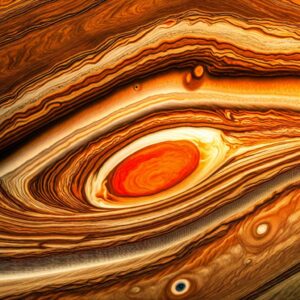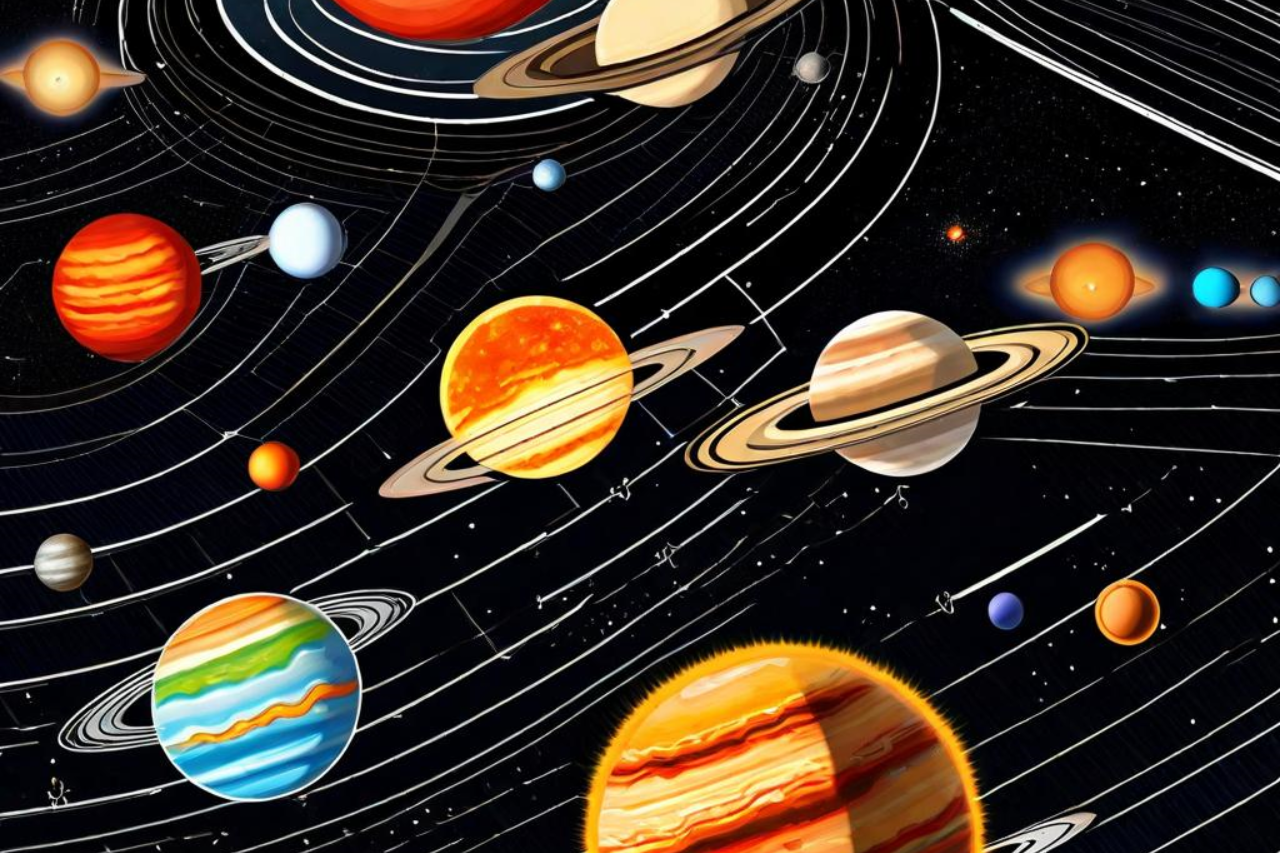Jupiter’s Great Red Spot captured by NASA’s Juno is twice the size of the Earth and has been in existence for over 350 years.
Jupiter, the largest planet in our solar system, never fails to captivate our imaginations with its mesmerizing features. Among its many awe-inspiring elements, the Great Red Spot stands out as a celestial masterpiece. Recently, NASA’s Juno spacecraft delivered a breathtaking image of this iconic storm, revealing its colossal size—twice that of Earth. In this blog post, we’ll delve into the details of this stunning snapshot and explore the mysteries surrounding Jupiter’s Great Red Spot.
Jupiter’s Great Red Spot Revealed

The Great Red Spot is a persistent high-pressure region in the atmosphere of Jupiter, producing an anticyclonic storm that is the largest in the Solar System. It is the most recognizable feature on Jupiter, owing to its red-orange color whose origin is still unknown. Located 22 degrees south of Jupiter‘s equator, it produces wind-speeds up to 432 km/h (268 mph). Observations from 1665 to 1713 are believed to be of the same storm; if this is correct, it has existed for at least 359 years. It was next observed in September 1831, with 60 recorded observations between then and 1878, when continuous observations began.
They added that the size of the storm is shrinking, its height by an eighth and width by a third. The organization also informed, “Scientists believe that our solar system’s most iconic storm has existed for over 350 years, though data suggest that the storm is shrinking, its height diminishing by an eighth and its width by at least a third since it was measured by our Voyager spacecraft in 1979.”
They further shared, “The Great Red Spot is still twice as large as Earth, and recent studies by Juno indicate that the storm plunges around 200 miles (300 km) beneath the planet’s clouds. With no solid ground to weaken storms, winds in the Great Red Spot peak at about 400 mph (643 kph).”
“Our spacecraft Juno captured Jupiter’s Great Red Spot in this true colour portrait from around 8,648 miles (13,917 km) away,” wrote NASA while sharing the picture on Instagram.
Juno’s Remarkable Mission:
- Brief overview of the Juno spacecraft and its mission to study Jupiter.
- Highlight the significance of Juno’s recent capture of the Great Red Spot.
The Great Red Spot Unveiled:
- Provide historical context about the Great Red Spot, a storm that has been raging for centuries.
- Describe the storm’s striking appearance and its vibrant, swirling hues.
Twice the Size of Earth:
- Showcase the significance of the recent revelation that the Great Red Spot is twice as large as Earth.
- Use visual aids, such as a size comparison graphic, to emphasize the enormity of the storm.
The Science Behind the Spectacle:
- Explain the scientific theories behind the formation and persistence of the Great Red Spot.
- Explore how Juno’s data contributes to our understanding of this enigmatic storm.
Juno’s Technological Marvels:
- Discuss the advanced technology aboard Juno that allows for high-resolution imaging and data collection.
- Highlight the spacecraft’s contribution to unraveling Jupiter’s mysteries.
Jupiter’s Role in the Solar System:
- Provide insights into Jupiter’s importance in our solar system and its influence on other celestial bodies.
- Discuss the potential implications of studying Jupiter for our understanding of planetary formation.
As Juno continues its mission to unravel the secrets of Jupiter, the recent image of the Great Red Spot serves as a testament to the marvels of our vast solar system. The storm’s colossal size, twice that of Earth, adds another layer of intrigue to this enduring celestial enigma. As we await further discoveries from Juno and other space missions, the mysteries of Jupiter and its captivating features continue to inspire awe and fuel our curiosity about the wonders of the cosmos.
By DNC
